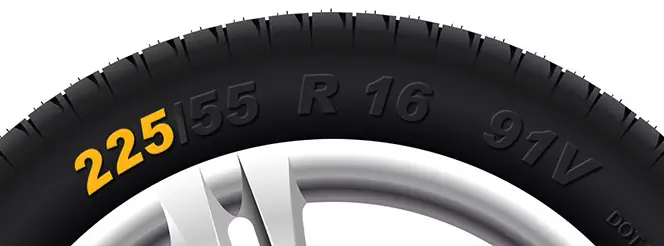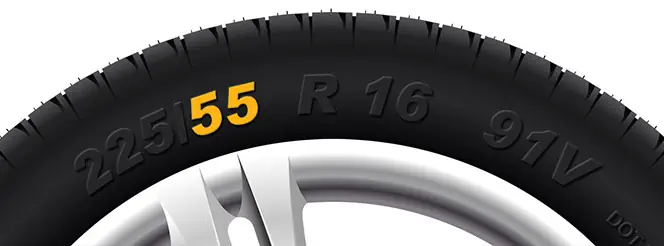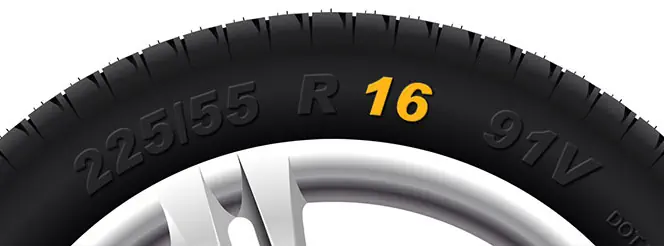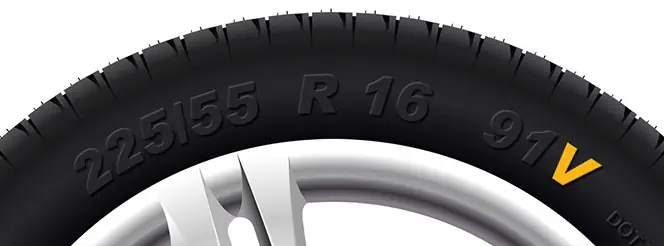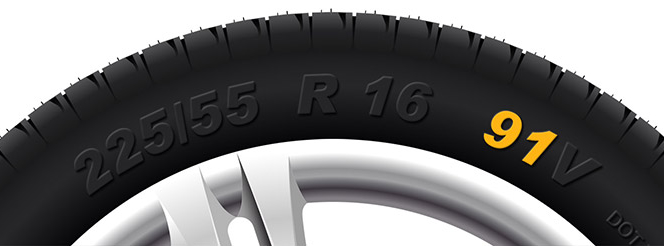Why We Recommend Fitting Tyres In Pairs
If you’re unlucky enough to get a flat tyre or slow puncture, you should replace it as soon as possible. Not only is this vital for your safety, but also for the safety of everyone else on the road. You may have heard that tyres should be replaced in axle pairs, but is this really the case?
Ultimately, yes - it’s both true and recommended. Mixing tyres with different tread patterns or tread depths is not recommended by the majority of tyre manufacturers. Kwik Fit has teamed up with premium tyre manufacturers, including Bridgestone, to suggest the best ways to optimise tyre performance and safety. These recommendations are made in the interests of attaining the best vehicle performance and customer safety.
We will always offer guidance based on our expertise and the latest information from our suppliers to help customers make informed decisions when it comes to their cars. Read on to find out more.
Firstly, what is an axle pair?
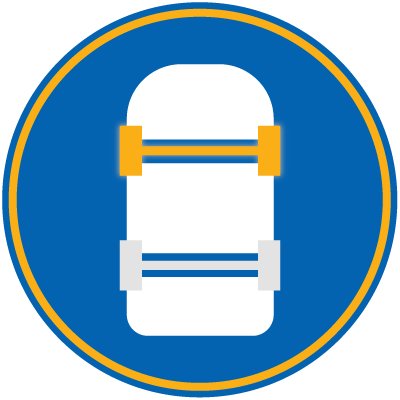
An axle pair is the pair of wheels that share the same axle. Cars nearly always have two axles which spin with the wheels. Sometimes, the entire axle turns with the wheels in order to turn the car – but more often, the axle shaft remains perpendicular to the car while the wheels rotate from it.

Why do axle pairs matter for tyre replacements?
If you need to replace one tyre, it’s worth deciding whether to replace one or both tyres to ensure the tread depth and performance characteristics are compatible across the axle. If the remaining tyre on the axle has 3mm of tread or less, it is best to replace both tyres to ensure braking and handling are optimised.
In the short term, uneven tyres can make road grip worse on the more worn side, and even contribute to faster wearing of the new tyre.
This, in turn, could make emergency braking dangerous - as your car could veer sharply to one side with sudden braking.
Four key reasons why we recommend replacing both tyres on the same axle in this situation are as follows:
- Tyres of different tread depths on the same axle can cause an imbalance of grip, which may cause your car to veer to one side rather than stopping in a straight line when the brakes are applied.
- Tyre construction can vary significantly, even between patterns made by the same manufacturer. Fitting different brands and patterns across a single axle can lead to under or over steering when cornering.
- All tyres on a vehicle should always be the same seasonal type, be it summer, winter and all season. Having two different seasonal type tyres can lead to the vehicle being unstable.
- If one tyre has less pressure than the other in its axle pair, then the pressure from the weight of the car will not be distributed evenly across the axle shaft and hub bearings. Over time, this could wear different parts of the axle down to the point that they need replacing. And this would cost far more than replacing two tyres!
Bridgestone have carried out extensive research into the effects of mixing tyres with different tread depths on the same wheel axle. Check out the below video to see how it can effect grip and handling:
Having the same tread pattern matters
Your tyres are your only contact with the road. The tyre tread helps to channel surface water out and away from the tyres in wet conditions, so that your tyres can maintain contact with the surface. When the tread depth is too low, the water can’t be channelled away, which leads to what’s known as ‘aquaplaning’.
If the tread pattern on your tyres isn’t the same, then they channel water out in different ways – again leading to different pressures on the axle shaft, and reduced control in wet conditions.
When selecting tyres, be careful that they match the seasonal type of your current ones. Summer tyres, winter tyres, and all-season tyres all have tread patterns that are optimal for different seasonal conditions. Having two varying season tyres on the same axle pair can be dangerous in different conditions, as each wheel in the axle pair fights against the other.
View from the leading tyre manufacturers – Continental
Continental are synonymous with designing and manufacturing premium tyres with performance and safety at that core. Experts at Continental suggest that, while there are no legal regulations in the UK that state that tyre seasons should not be mixed, the practice is not recommended.
“Mixing tyres may result in unforeseen effects on the handling and comfort of the vehicle and therefore, if fitting All Season Tyres, then {Continental’s} recommendation is that where possible they are fitted in full sets in order to maintain optimum grip and safety. However it is also permissible to mix All Season Tyres with Summer or Winter tyres provided they are fitted in axle pairs.”
- Continental Technical Bulletin UK & Ireland #16
Having the same tyre manufacturer matters
Tyres in their different categories must all meet minimum safety requirements, but simply by the process of having different manufacturing methods, different brand tyres will have different lifespans.
Having differently-branded tyres means that you may get differences in tyre wear, and have to replace good ones sooner.
View from the leading tyre manufacturers – Pirelli
As one of the leading manufacturers of premium tyres who are also heavily involved in motor sport, Pirelli strongly advises that the same brand and tread pattern is fitted to both axles due to different ply steer angles being used in different tyre constructions.
“The ply steer angle is the angle created between the actual direction of travel and the ideal direction of travel of the driver. A larger ply steer angle on the front axle generates understeer and the vehicle tends to travel a curve with a larger radius. A larger ply steer angle on the rear axle generates oversteer (danger of spinning the vehicle). Whenever only two tyres are substituted it is recommended to fit the new tyres on the rear axle.”
- Pirelli Product Guide 2020
Newest tyres should be fitted to the rear axle
If you’re only having two tyres replaced on your vehicle, then the new ones should be fitted on the rear axle - and tyres of similar type and comparable tread depth fitted to the front. Fitting the newer tyres with more tread on the rear axle will provide better handling, wet grip, and water clearance, to avoid oversteer and aquaplaning on wet surfaces. This is the case regardless of whether the vehicle is front or rear wheel drive.
Fitting the newest tyres to the rear of the vehicle will also ensure the vehicle handles in a similar fashion to how it did before the tyre change, as the optimum grip remains on the tyres at the rear of the vehicle.
However, there are two important exceptions to this rule:
- Where front and rear tyre sizes are designed to be different or have different size specifications
- Where a vehicle is designed to have directional tyres at the front and asymmetric at the rear
The below test carried out by Bridgestone at the MIRA testing facility shows the impact of fitting new tyres to the rear axles:
New Tyres to Rear
Should you change all 4 tyres on a 4x4?
With four-wheel drive vehicles, you may need to replace all four tyres when one gets worn out or has a puncture. This is because 4x4 systems rely on all four tyres when operating.
When not replacing all four tyres on your four-wheel drive car or van, be sure to check the maximum load rating on new tyres – it must match or exceed the rating given in your manufacturer’s guidebook.
Should I replace all tyres if the rest are new?
If you’ve recently replaced both tyres in an axle pair and you're then unlucky enough to suffer a puncture, you very likely won’t need to replace both again. However, if it’s been a considerable length of time has passed since you changed your tyres or had them checked then it’s important to seek the advice of a tyre technician. If you’re uncertain, then please contact your local Kwik Fit technician who can measure the tyres and advise accordingly.
One of the most important considerations when replacing tyres, perhaps more so than ensuring your tyre treads match, is to try to avoid mixing tyres on a single axle with a varying degree of tread depth.
In 2018 we conducted our own tyre test at MIRA and found that the difference in wet braking performance between nearly new tyres (7mm of tread) and nearly worn (2mm of tread) was as much as 30%. Kwik Fit performed tests with 8 tyre brands on a range of vehicle types (small car, family saloon, SUV, and Sports). Across the board, the wet braking capability of the tyres was between 15-30% better at 7mm compared to just 2mm of tread.
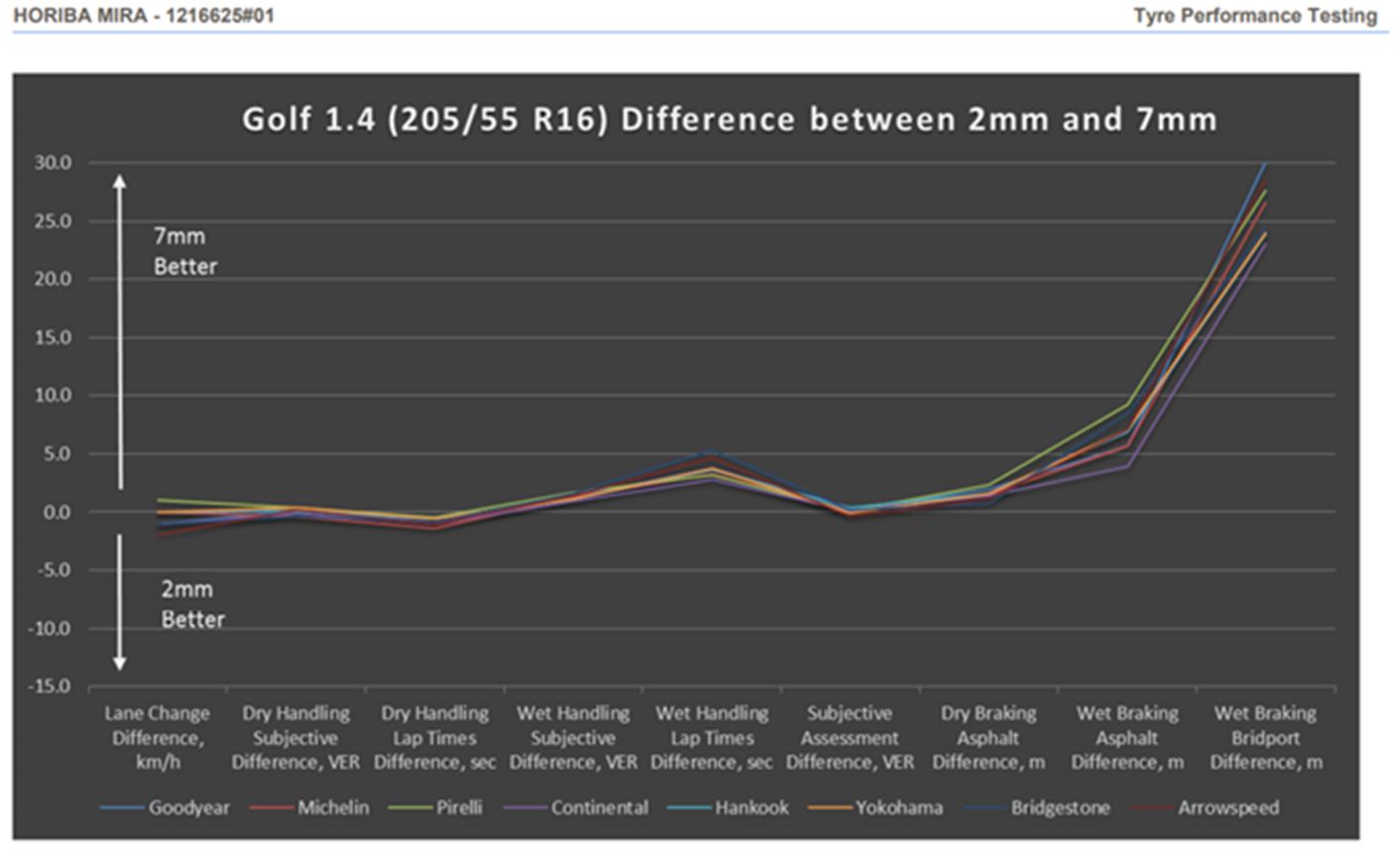
Sample of data from 2018 MIRA tyre tests – VW Golf 1.4 fitted with 205/55R16. Tyres with 7mm of tread performed better in practically every category but was most noticeable in wet conditions
Now imagine mixing two tyres, one with 7mm of tread and one with 2mm of tread on a single axle. As the nearly new tyre will perform much better, this could lead to differences in handling during wet braking that could result in the vehicle pulling to one side when cornering and stopping.
View from the leading tyre manufacturers – Michelin
Michelin is one of the world’s largest investors in tyre research and development to ensure that their tyre products are the safest and most efficient available to drivers. On the subject of mixing tyres, Michelin concludes that:
“It is recommended that tyres of comparable wear are fitted on the same axle. Michelin recommends that the new or least worn tyres are fitted to the rear axle for vehicle stability and safety. Ensure that the tyre inflation pressures are adjusted to comply with the vehicle manufacturer’s recommendations.”
- Michelin Professional Guide 2019
Concerned about your tyres? Speak to the experts
If you have any problems with your tyres, or are unsure as to which tyres are right for your vehicle, our experts at your local Kwik Fit centre are on hand to help. For more information about tyre options or MOT services, check out the Kwik Fit blog for more tips and insights.


